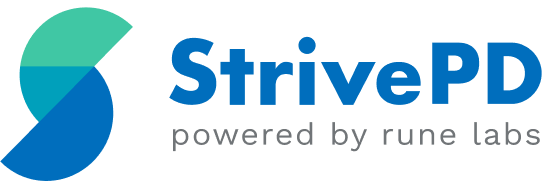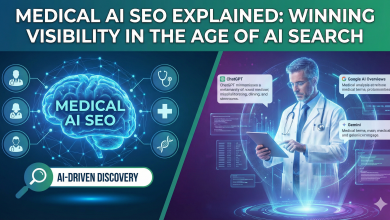
Parkinson’s disease is deeply personal and profoundly complex. Its symptoms shift throughout the day, vary between individuals, and often evolve over time.
Yet for years, clinical decisions have largely relied on brief check-ins during routine appointments between the patient and a movement disorders specialist. These visits, while valuable, often provide only a snapshot, not the full movie.
It is difficult to understand a patient’s real experience through the narrow window of a 30-minute appointment. That’s why the integration of AI into Parkinson’s care is so meaningful. It offers the opportunity to move beyond snapshots and into fuller, more detailed stories. AI comprehensively captures what’s happening in a patient’s daily life and uses that information to guide care more effectively.
Capturing the Full Story of Parkinson’s
One important advancement is the use of AI-powered tools to help individuals track symptoms and medication effectiveness in real-time. These tools often use large language models, and sophisticated algorithms capable of synthesizing large amounts of information.
For people with Parkinson’s, these tools offer daily symptom logs, exercise patterns, and even passive monitoring of motor symptoms like tremors and dyskinesias. AI can process these inputs and compile summaries that show patterns over time. Patients and their clinicians get a full picture of what’s improved, what’s worsened, and what might warrant a different therapeutic strategy. Spotting trends, identifying correlations, and adjusting treatments more effectively is how we impact care.
Most Parkinson’s therapies are effective early on but become less predictable as the disease progresses. Patients may experience “off” periods, times when symptoms return before their next dose. AI-assisted time-stamping of symptoms can highlight these patterns, helping both patients and clinicians recognize when medication adjustments may be needed.
How AI Enhances Clinical Decision-Making
AI-based tools provide multiple ways for people to input data. Some individuals with Parkinson’s have difficulty typing due to tremors or other motor symptoms. Options like voice logging, symptom checklists, or simple daily check-ins allow for flexibility and accessibility. Whether someone uses an iPhone, iPad, or smartwatch, they can record their experience in a way that works for them.
These real-time data points enhance the clinical conversation. Instead of relying on memory or vague descriptions like “I’ve been feeling off,” patients can bring in tangible evidence. A report may show that lightheadedness has been more frequent, or that exercise has decreased significantly over the past few weeks. It may also surface important non-motor symptoms such as anxiety, constipation, or sleep issues, that are easy to overlook in standard visits.
Emotional well-being also has a significant impact on Parkinson’s symptoms and overall quality of life. Sometimes a bad day isn’t a sign of disease progression, but of low mood or poor sleep. Seeing these patterns clearly can help individuals recognize when they need to adjust their self-care.
AI-powered tools can help bridge the care gap for people who don’t have easy access to a neurologist or movement disorder specialist. In reality, only a small fraction of Parkinson’s patients regularly see such specialists. Many receive care from general neurologists or primary care physicians, who may not have the time or resources to delve deeply into symptom trends. A well-organized symptom report based on daily entries and synthesized by AI can be invaluable.
Some recent outcomes are promising. In one clinical program, the use of the AI-enabled tracking tool StrivePD Guardian from Rune Labs was associated with a 42% reduction in emergency room visits and a 90% increase in exercise among participants. While more research is needed, these early findings suggest that equipping individuals with real-time insight into their condition can lead to more stable, proactive management.
AI and Human Coaching Together
This kind of progress reflects a broader shift in how we approach chronic disease. Care isn’t just what happens in the exam room—it’s what happens between visits, in homes, and communities, on good days and bad. AI is making it easier to gather that information and put it to use in ways that are actionable, meaningful, and individualized.
But we need more than AI to improve patient outcomes.
Tools like Rune Labs’ StrivePD Guardian offers expert coaching to interpret data and prepare for clinician visits. Such approaches help users understand concepts like on/off time and guide them in recognizing patterns that can be discussed with their healthcare provider.
Parkinson’s needs flexibility, context, and creativity. AI doesn’t replace the art of clinical care, but enriches it, brings more detail into the picture, and helps clinicians and patients make better, more informed decisions.
Our goal as a life science industry is to give patients power over their disease 24/7 so they can live with more confidence. There is a growing shortage of specialized clinicians for Parkinson’s patients. Only 600 movement disorders specialists are available to treat 1 million Parkinson’s patients in the U.S. We need to alleviate the burden placed on these healthcare systems.
AI plus specialized human care is helping us get there.





